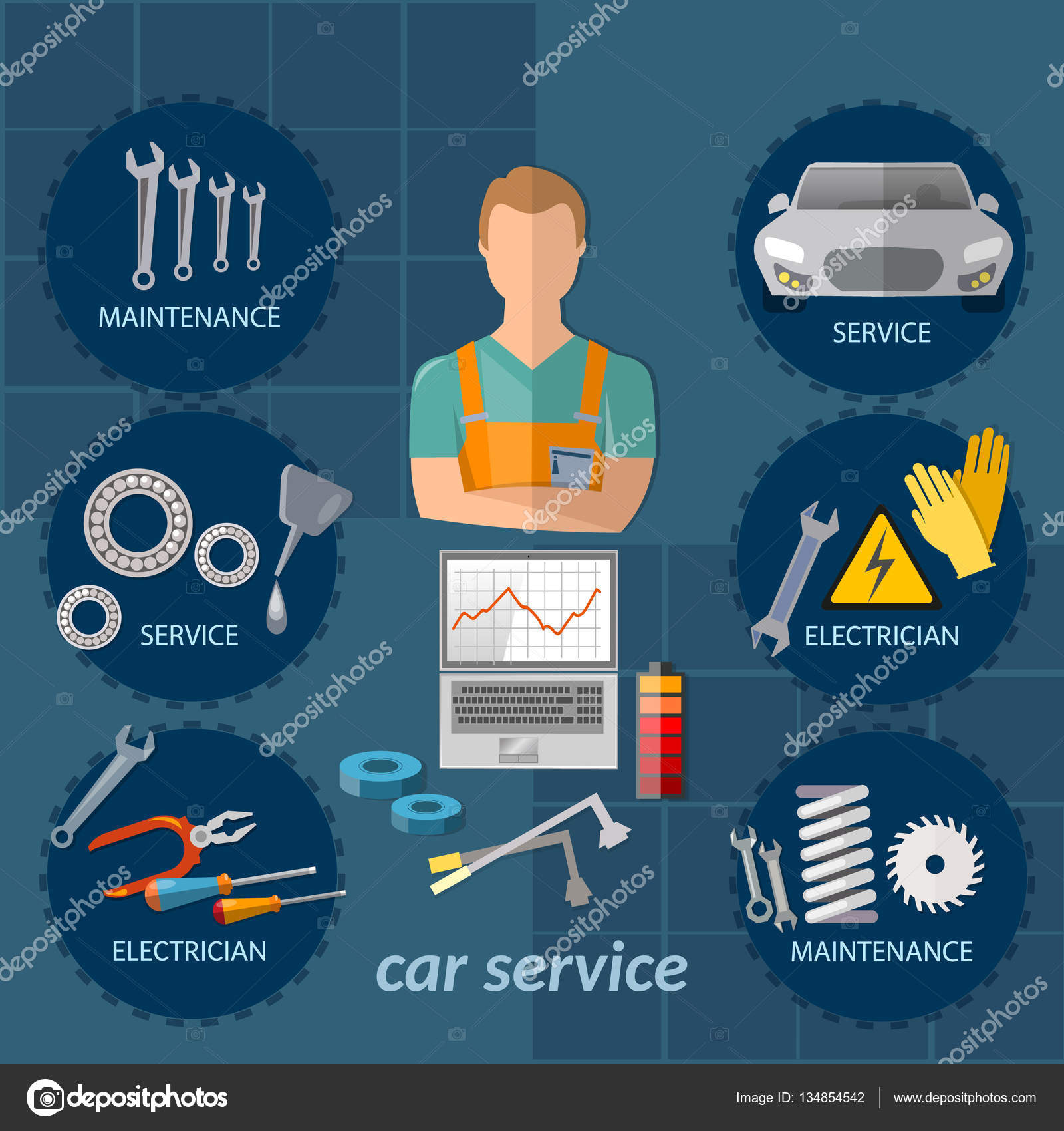Interested Concerning Those Dashboard Caution Lights In Your Cars And Truck? Learn What They Indicate For Your Lorry'S Health And Safety
Interested Concerning Those Dashboard Caution Lights In Your Cars And Truck? Learn What They Indicate For Your Lorry'S Health And Safety
Blog Article
Content Created By-Samuelsen Shepherd
When you're behind the wheel, those radiant warning lights on your dashboard can be a bit puzzling. Do you recognize what they're attempting to tell you concerning your auto's health? Understanding the relevance of these lights is crucial for your safety and security and the longevity of your car. So, the next time one of those lights turns up, wouldn't you intend to decode its message precisely and take the required actions to resolve it?
Common Caution Lighting and Interpretations
Recognize usual warning lights in your automobile and comprehend their definitions to guarantee risk-free driving.
The most typical caution lights consist of the check engine light, which signals problems with the engine or emissions system. If this light comes on, it's vital to have your vehicle examined immediately.
The oil pressure warning light suggests low oil pressure, requiring immediate attention to avoid engine damage.
A blinking battery light might recommend a faulty charging system, potentially leaving you stranded if not attended to.
The tire pressure tracking system (TPMS) light alerts you to reduced tire pressure, impacting car security and fuel efficiency. Ignoring carupholsterycleaningauckland could bring about unsafe driving conditions.
The ABS light suggests a trouble with the anti-lock braking system, endangering your ability to stop quickly in emergencies.
Finally, the coolant temperature alerting light warns of engine getting too hot, which can result in serious damages if not dealt with promptly.
Comprehending these usual warning lights will aid you resolve problems without delay and keep secure driving conditions.
Importance of Prompt Focus
Comprehending the common caution lights in your auto is only the initial step; the relevance of quickly addressing these cautions can't be highlighted sufficient to ensure your security when driving.
When a warning light illuminates on your dashboard, it's your car's method of connecting a possible issue that needs attention. Disregarding these cautions can lead to much more serious issues down the road, jeopardizing your security and possibly costing you extra out of commission.
Trigger focus to advising lights can stop failures and crashes. As an example, a blinking check engine light could indicate a misfire that, if left ignored, can create damages to the catalytic converter. Addressing this immediately can conserve you from a pricey fixing.
Likewise, a brake system advising light could indicate reduced brake liquid or worn brake pads, crucial parts for your safety when driving.
DIY Troubleshooting Tips
If you notice a caution light on your dashboard, there are a few DIY troubleshooting suggestions you can try before seeking specialist aid.
The first step is to consult your car's handbook to comprehend what the particular caution light shows. In Get More Information can be as easy as a loosened gas cap triggering the check engine light. Tightening up the gas cap may resolve the issue.
One more typical concern is a low battery, which can set off different advising lights. Checking the battery connections for deterioration and ensuring they're safe and secure could repair the problem.
If a warning light continues, you can try resetting it by detaching the cars and truck's battery for a couple of minutes and after that reconnecting it. Additionally, inspecting your car's liquid degrees, such as oil, coolant, and brake liquid, can assist fix cautioning lights connected to these systems.
Conclusion
To conclude, understanding your vehicle's caution lights is vital for keeping your lorry running smoothly and safely. By promptly dealing with these notifies and knowing what they indicate, you can avoid expensive repair work and prospective failures.
Remember to consult your car's manual for specific information on each alerting light and take action appropriately to make sure a hassle-free driving experience.
Keep notified, stay secure when driving!
